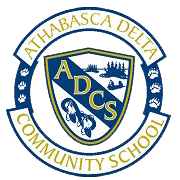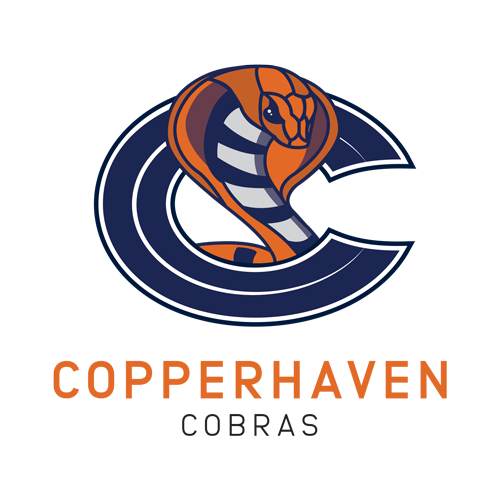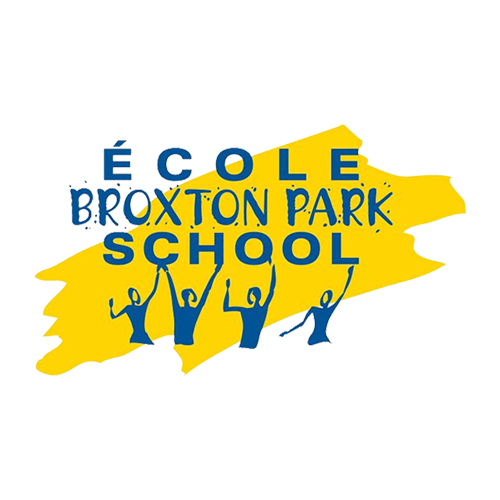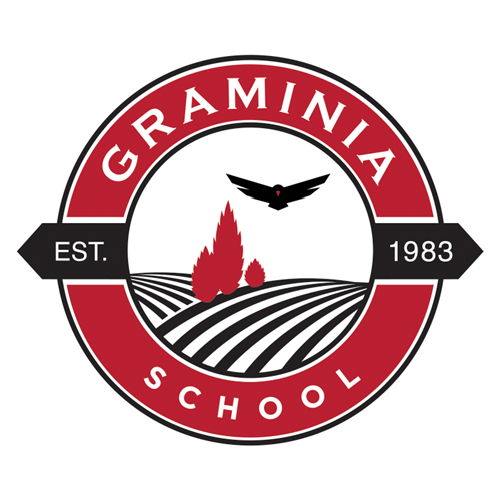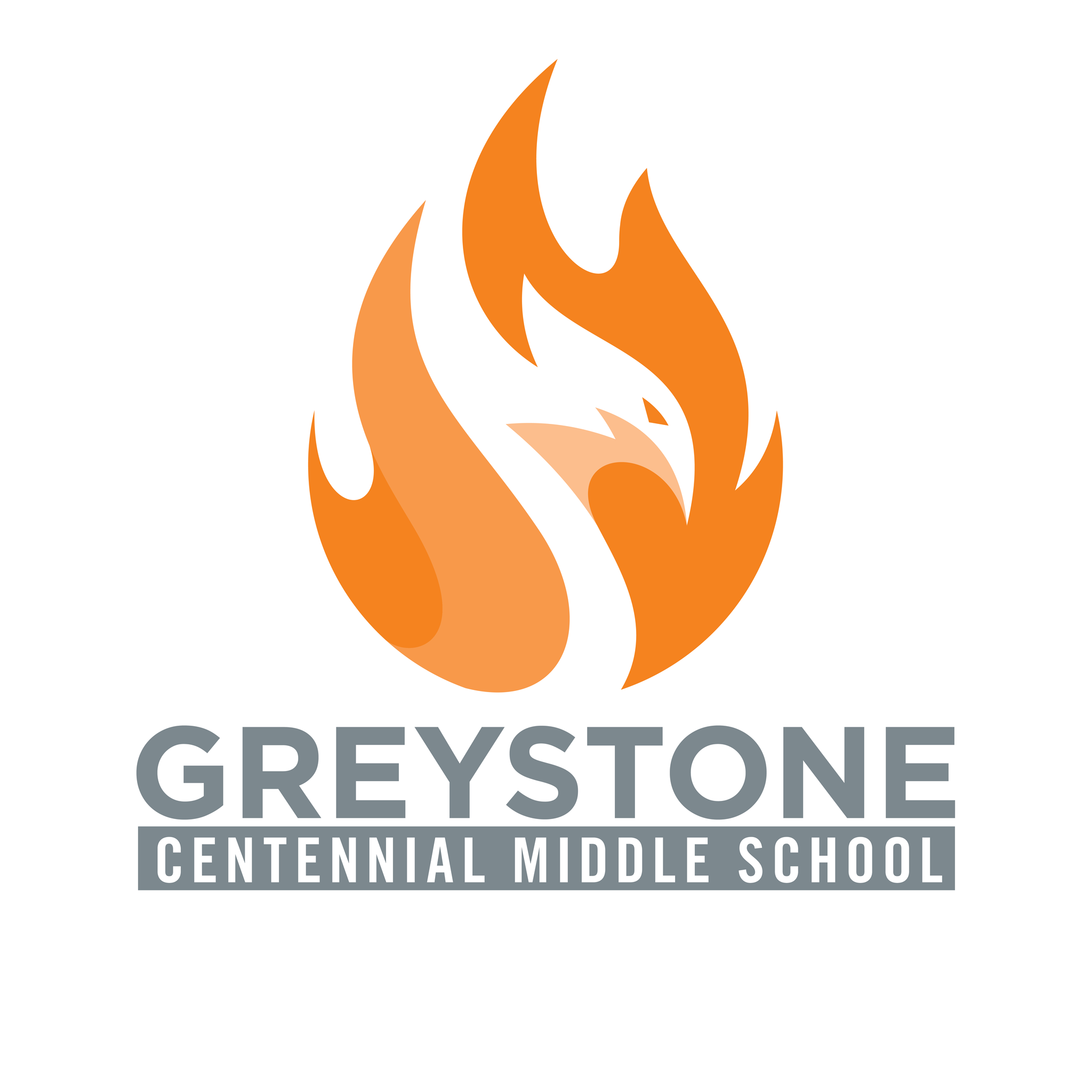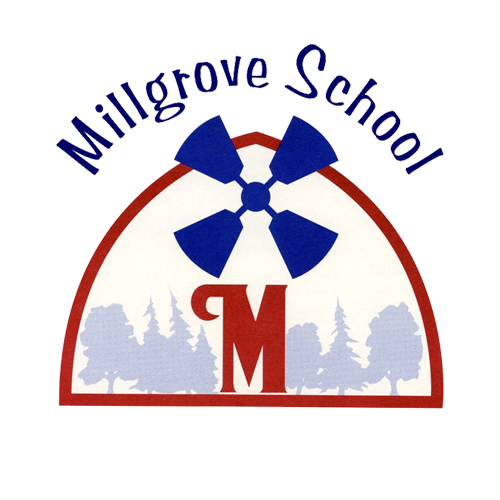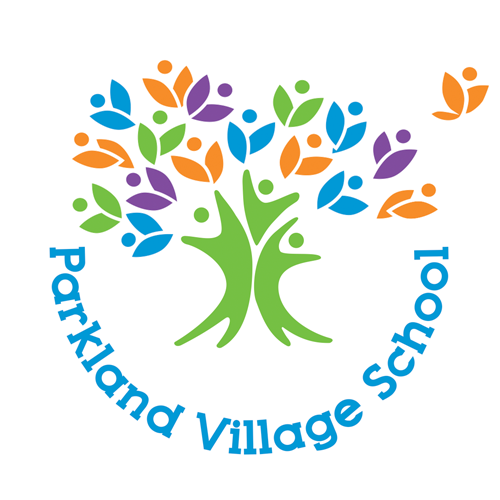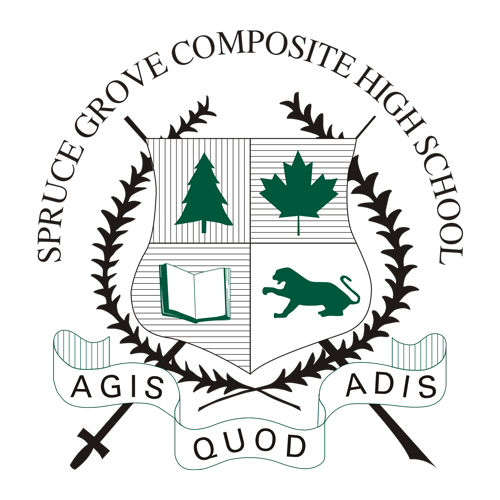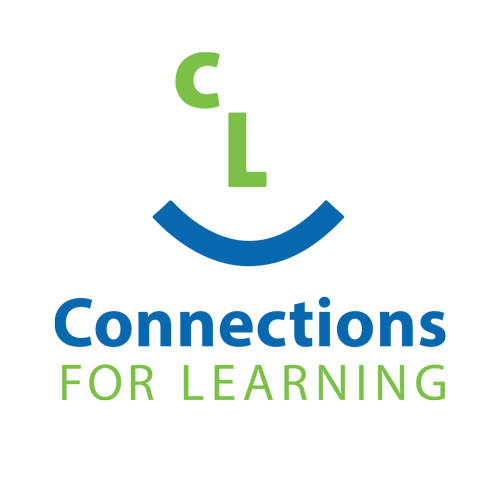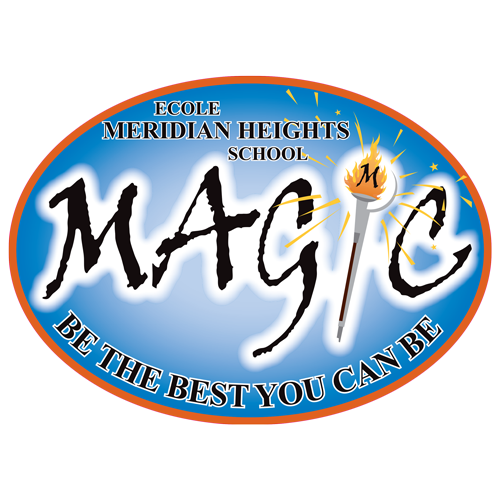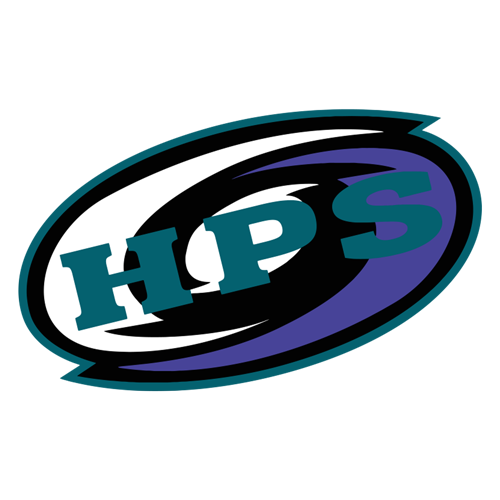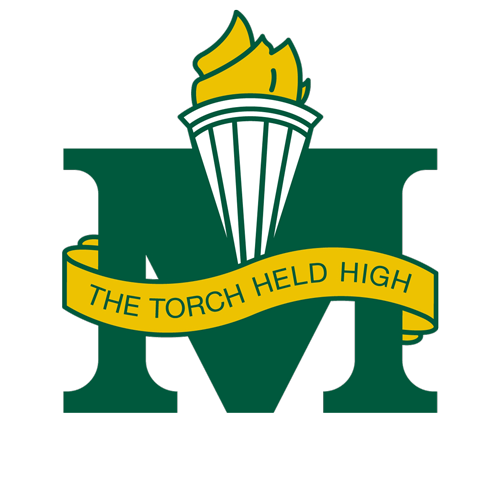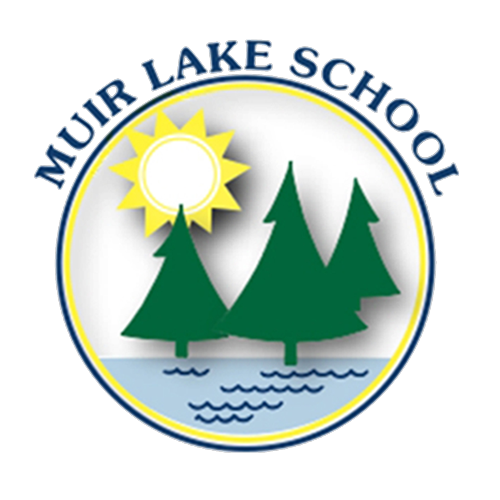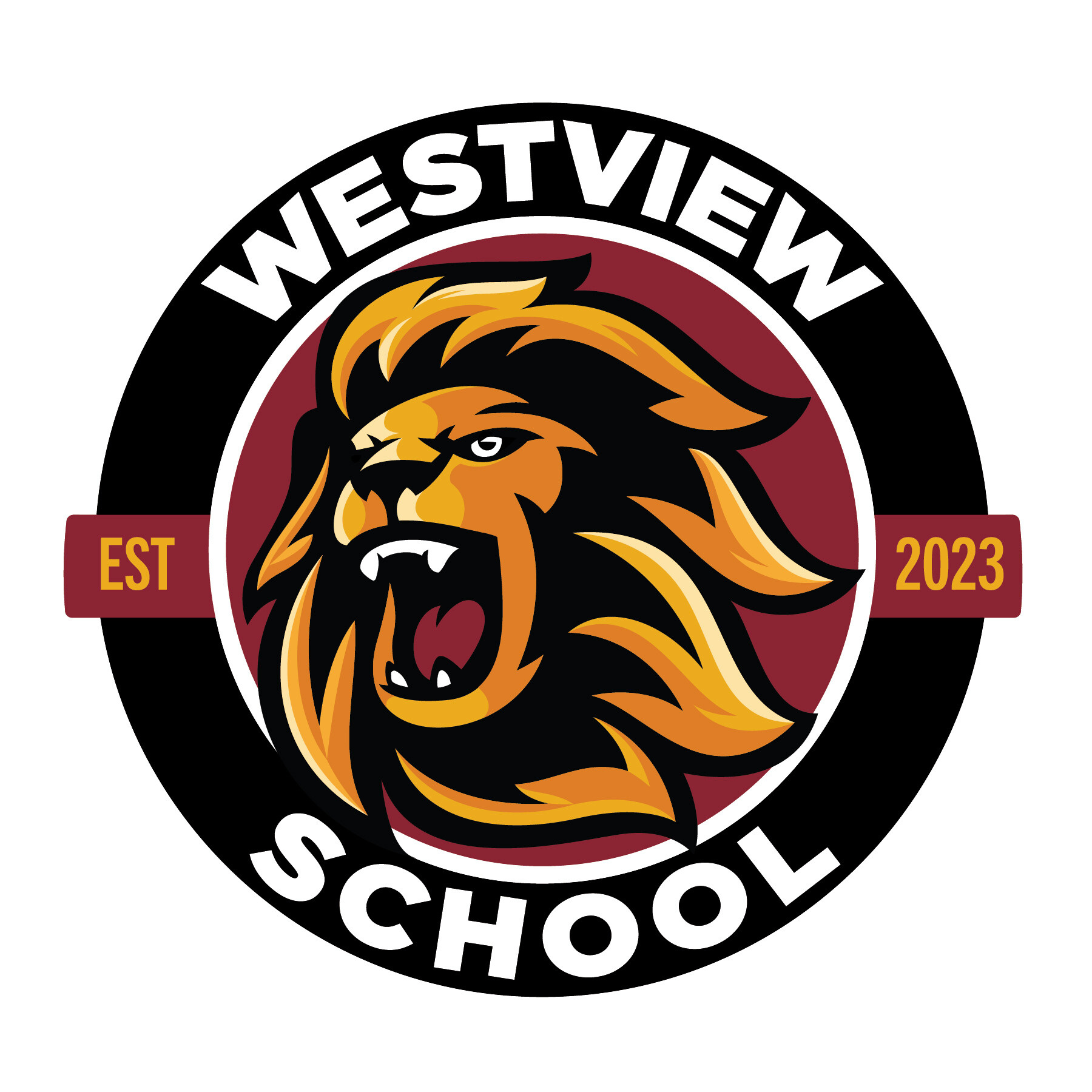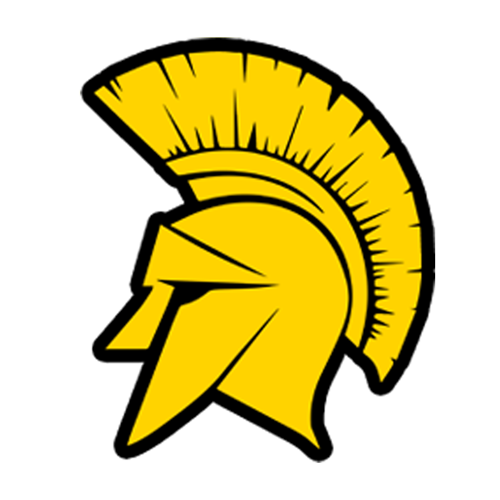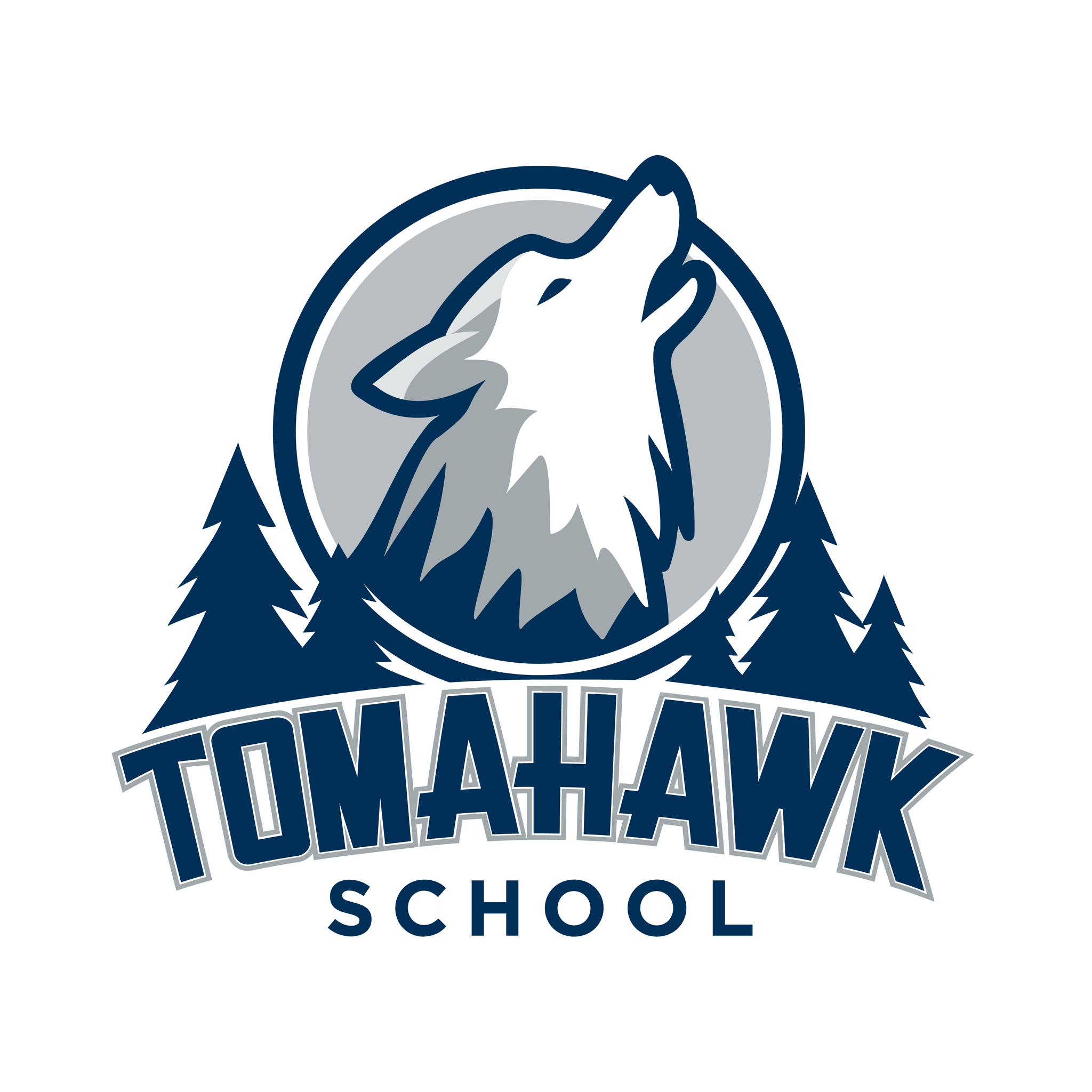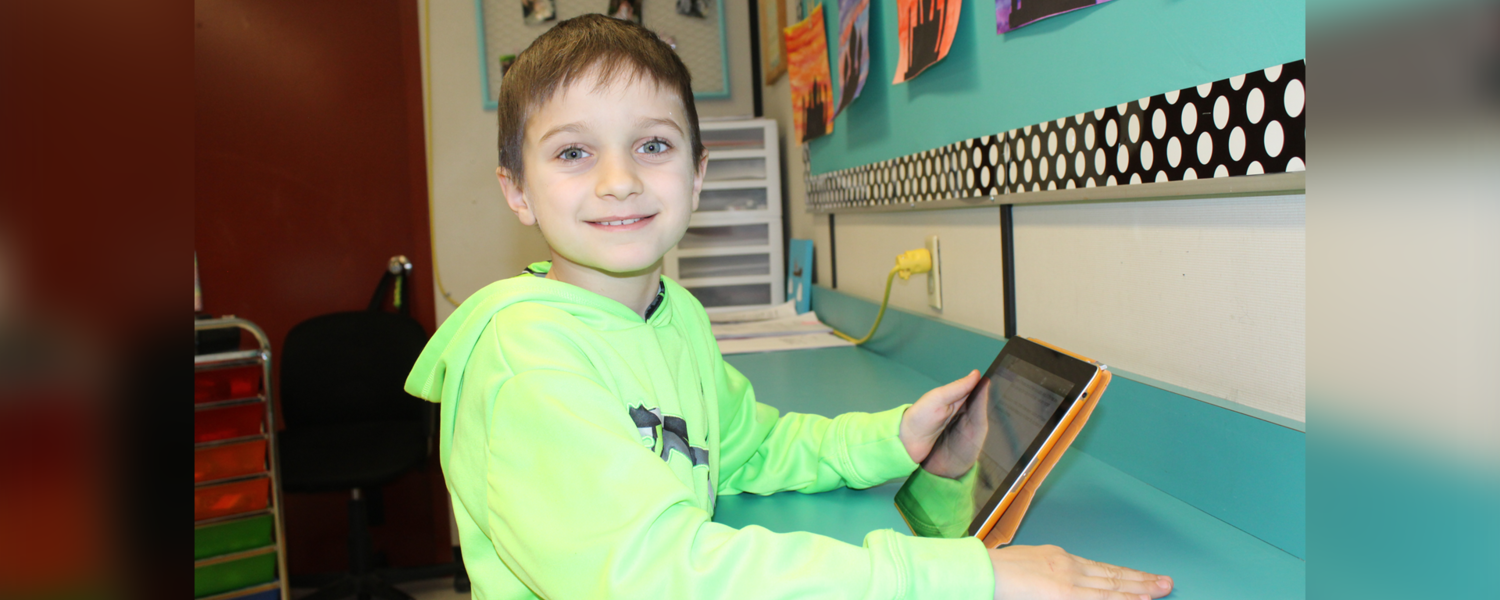Artificial Intelligence (AI)
As per Administrative Procedure 620, the use of Artificial Intelligence (AI) technologies, by both staff and students in Parkland School Division, is being explored to enhance learning and teaching experiences.
The information below will briefly explain what AI is, why we're incorporating it into the classroom, and the principles guiding its use.
What is AI?
Artificial Intelligence (AI) refers to computer systems that can perform tasks usually requiring human intelligence. This includes learning from experience, recognizing patterns, understanding natural language, and making decisions. Examples you might be familiar with include voice assistants like Siri or Alexa, recommendation systems on streaming platforms, and language translation apps.
Generative AI is the part of AI that can learn patterns and relationships and use that information to create new content, such as text, images, music, audio, and videos. This field of AI has grown rapidly over the past few years and continues to evolve. ChatGPT, (Microsoft) Co-Pilot, and (Google) Gemini are examples of generative AI tools.
In Parkland School Division, the term AI refers to all aspects of artificial intelligence, including generative AI.
Why AI in the Classroom?
Incorporating age-appropriate AI into education offers several benefits for both students and staff:
- Lesson Planning: with AI generates new resources, customizes content for diverse student needs, and frees up time for teachers to focus on instruction and student engagement.
- Assessment and Evaluation: AI can be used for quick and accurate grading of multiple-choice questions, while also offering in-depth feedback (based on teacher input) for written assignments.
- Studying and Tutoring Support: AI can design activities for students who need additional practice in a subject area or even enrichment activities for advanced students.
- Creativity: AI allows students to explore new ways of expressing their ideas.
- Accessibility: AI can adapt lessons to fit individual students’ needs, assist with reading and writing.
- Time-Saving: by quickly generating tailored materials, reducing the need for manual content creation and repetitive administrative tasks.
- Future Readiness: Familiarity with AI prepares students for a world where technology plays an ever-increasing role.
Our Guiding Principles
To ensure AI benefits all students, we follow these principles:
- Student-Centered Learning: AI is used to support, enhance teaching and improve our learning environment.
- Privacy and Security: We prioritize protecting students' personal information in all AI applications.
- Ethical Use: AI tools are implemented responsibly, with awareness of potential biases and limitations. Modelling of the use of AI allows for teachers and students to understand how they can engage effectively with AI resources.
- Inclusivity: AI resources (when made available) are accessible to all students, regardless of background or ability.
- Transparency: The use of AI by both students and staff is done in an open, responsible, and transparent manner.
As AI becomes more integrated into learning and daily activities, it’s important that everyone understands how and when these tools are being used.
